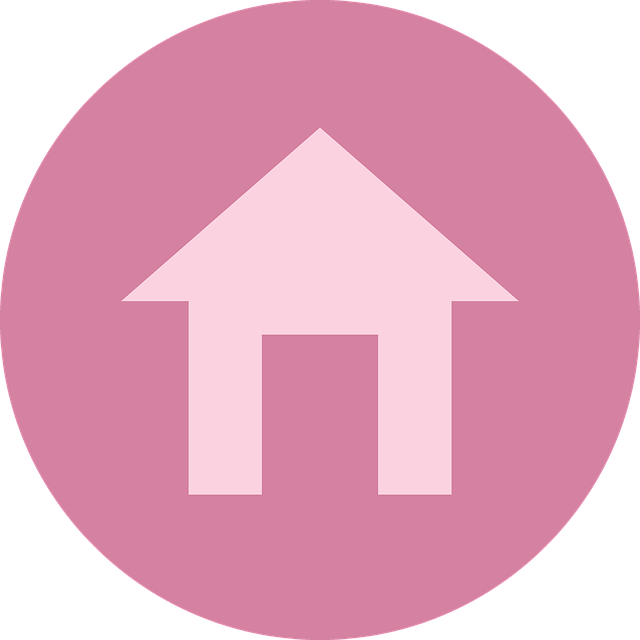When upgrading your home with smart technology, start by identifying high-usage areas and prioritizing needs like lighting control, temperature regulation, or security. Select interoperable devices such as voice assistants, smart thermostats, and connected lighting systems for seamless operation. Modern smart home tech offers energy efficiency, convenience, and enhanced security through integrated solutions like 24/7 monitoring. A well-planned integration strategy using a compatible home assistant platform ensures intuitive control of all smart devices, transforming your home into a personalized, comfortable space.
Integrating smart technology into your home can transform it from a simple living space to a connected, efficient, and convenient environment. This comprehensive guide offers expert tips on navigating the world of home automation. From understanding your home’s potential and choosing the right tools like smart lighting systems and voice-controlled devices, to securing your network and optimizing energy efficiency with smart thermostats, we cover it all. Discover how to lay the foundation for a modern smart home, explore top technologies, and implement connected solutions for a smarter, safer, and more personalized living experience.
Smart Home Upgrades: Laying the Foundation
When considering smart home upgrades, laying a solid foundation is key to unlocking the full potential of modern smart home technology. Start with identifying your priority areas for automation—such as lighting, temperature control, or security—and choose devices that seamlessly integrate with each other. Voice-controlled devices and smart thermostats, for instance, can work in harmony to create a comfortable environment while reducing energy consumption.
Invest in reliable connected home solutions that offer easy installation and user-friendly interfaces. Smart lighting systems, for example, allow you to set schedules or control brightness remotely, setting the stage for a fully integrated smart home experience. Remember, your home assistant integration should be seamless, ensuring all devices communicate effectively for a smooth and efficient automation journey.
– Understanding your home's potential for automation
When considering integrating smart technology into your home, it’s crucial to start by assessing its potential for automation. Every house has unique features and layouts that can influence what smart home upgrades are most suitable. For instance, a newer home with an open floor plan might lend itself well to voice-controlled devices and smart lighting systems, allowing you to easily adjust the ambiance of each room with your voice or a smartphone app. On the other hand, an older home with complex wiring may be better suited for focused smart upgrades, such as installing smart thermostats to optimize energy efficiency without significant structural changes.
Identifying areas where modern smart home technology can enhance your daily life is key. For example, smart security systems can provide peace of mind, while connected home solutions allow you to control various devices—from lights to appliances—from a central hub or through simple voice commands. Energy-efficient smart devices not only contribute to a more sustainable lifestyle but also offer long-term cost savings. Moreover, integrating these technologies seamlessly requires careful planning and consideration, such as choosing the right home assistant integration platform to manage all your smart devices coherently.
– Identifying areas for initial smart home technology integration
When considering integrating smart technology into your home, start by identifying areas where modern smart home technology can bring the most significant improvements and convenience. Kitchens, living rooms, and bedrooms are popular choices due to their high daily usage and potential for automation. For instance, smart lighting systems that you can control with a simple voice command or via your smartphone can instantly enhance your space’s ambiance. Similarly, smart thermostats learn your preferences and optimize heating and cooling, resulting in energy-efficient smart devices that reduce utility costs.
Voice-controlled devices like Amazon Echo or Google Home are excellent initial investments for home automation ideas. They allow you to control various connected home solutions—from dimming the lights to playing music—with simple voice commands. Additionally, smart security systems offer peace of mind by letting you monitor and control access to your home remotely via your phone. These devices form the backbone of a comprehensive home assistant integration, making everyday tasks easier and more efficient.
Modern Smart Home Technology: Choosing the Right Tools
Modern Smart Home Technology: Setting the Stage for Your Connected Home
When integrating smart technology into your home, the key is to start with well-thought-out smart home upgrades that align with your lifestyle and needs. Begin by exploring home automation ideas that cater to your daily routines. Consider smart lighting systems that allow you to adjust ambiance and energy usage with a touch of a button or voice command via voice-controlled devices. Smart thermostats, another essential component, learn your preferences and optimize heating and cooling for both comfort and energy efficiency.
Expand your connected home solutions with security systems that keep you informed and protected 24/7. Energy-efficient smart devices not only reduce utility costs but also contribute to a greener environment. And don’t forget about seamless integration—a robust home assistant can tie all these components together, providing a unified and intuitive control experience. Choose wisely, and your home will become a harmonious blend of technology and comfort.
Integrating smart technology into your home is a journey that starts with understanding your space and its potential for automation. By identifying key areas like lighting, temperature control, and security, you can begin to transform your house into a connected home. Opting for modern smart home technology, such as voice-controlled devices, smart thermostats, and energy-efficient smart lighting systems, not only enhances convenience but also contributes to a greener planet. Incorporate these expert tips, including considering home assistant integration, to unlock the full potential of home automation ideas and enjoy the benefits of a truly modern, efficient, and secure living environment.
